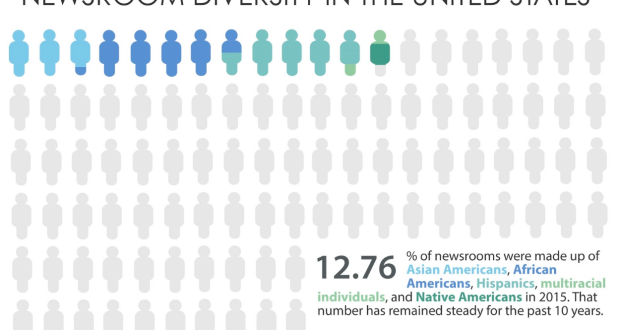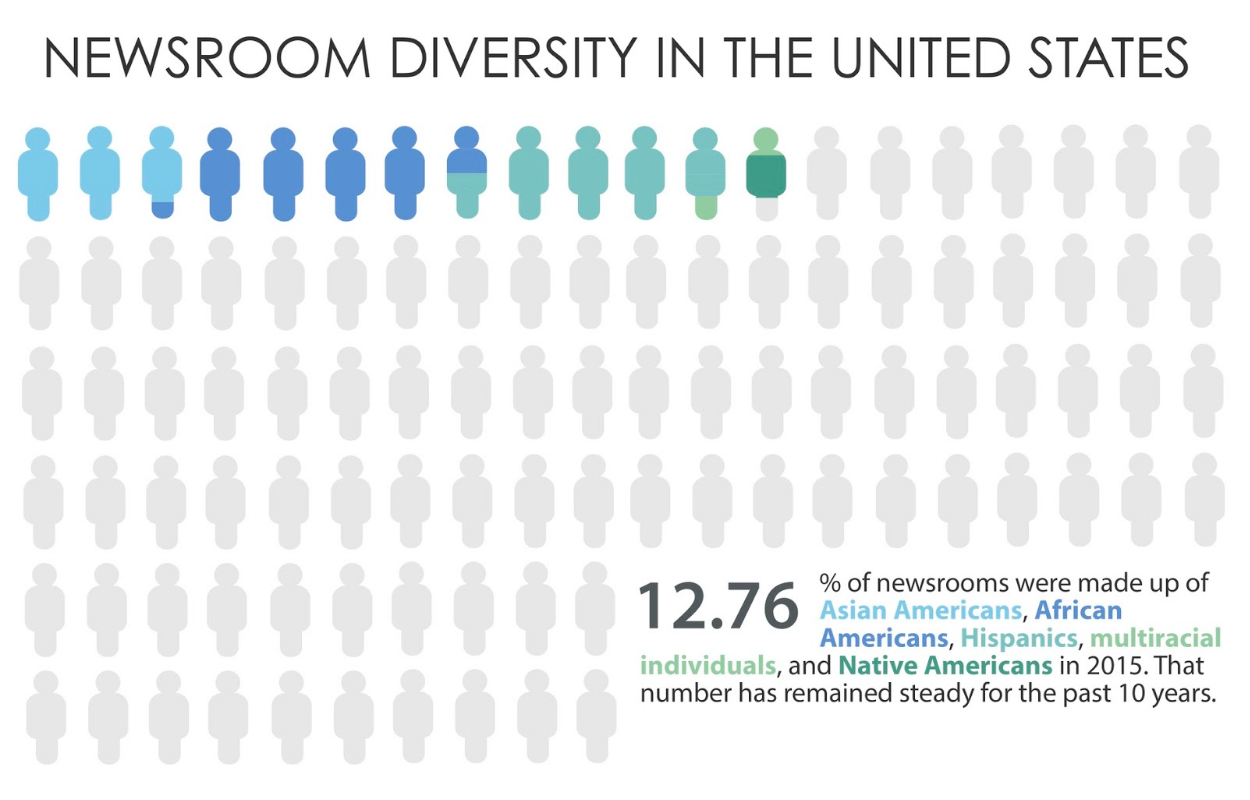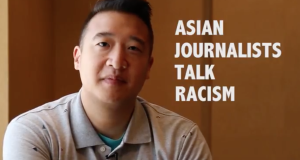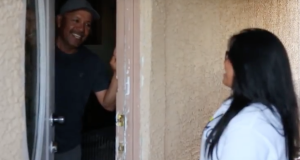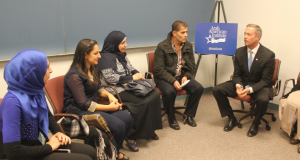The number of minorities working in U.S. newsrooms has stagnated over the last decade and more needs to be done to change that, says UNITY President Russell Contreras.
The American Society of News Editors (ASNE), which aims to have minorities comprise about 38 percent of newsrooms, found in a 2015 survey that blacks, Asians, Latinos and other minorities make up about 13 percent of news staffs, a number that’s remained largely unchanged these past 10 years.
The results of this year’s newsroom survey will be released in September.
“What the survey is saying, it’s reporting what we already know,” Contreras said. “But it’s also telling us we’re still, after all these years of surveys, not doing enough.”
At UNITY’s annual Diversity Caucus, leaders from ASNE reaffirmed the organization’s commitment to diversifying newsrooms, not just in newsroom numbers but also coverage strategies.
One focus this year was whether the term “gay bar” was appropriate to use in coverage of the June 12 Orlando, Florida shooting at the Pulse nightclub that killed 49 people and wounded over 50 more.
“I think if we didn’t have conversations like that we could actually make the problem worse in our coverage,” Contreras said.
Karen Magnuson, chairwoman of ASNE’s Diversity Committee, says the industry changes forcing newsrooms to cut staff are among the biggest challenges to diversity.
Many people of color also aren’t gravitating towards newspapers these days because of low pay, Contreras says.
“My fear is that it’s going to become a field of the privilege,” he said of newspaper jobs. “Only those that can afford to do it will do it. And that’s going to have a profound effect on our coverage.”
Peggy Holman, executive director for the nonprofit Journalism That Matters, suggests changing the structure of newsrooms to encourage more community journalism and different perspectives is part of the solution.
Since 2012, Journalism That Matters has partnered with ASNE to find ways to diversify newsrooms by engaging communities, said board member Mike Fancher. The organizations launched the Engagement Hub, a platform where peers could learn from what others are doing to engage communities and integrate a variety of voices into the news.
Hollis Towns, executive editor for the Asbury Park Press in New Jersey, where minority staffers have grown from 10 percent in 2008 to 25 percent in 2016, says there needs to be more commitment from media executives to diversity.
A newsroom’s success, he says, comes from being diligent in vetting all applicants and not settling on a new hire too early.
And diversity isn’t just about color or ethnicity, Towns says. It’s also about a variety of thoughts, conversations and life experiences.
But as newsrooms become more diverse, industry leaders acknowledge there will inevitably be pushback.
“When you have stations that hire a bunch of people of color, you get a reaction from a certain percentage of the population saying it’s too fast,” Contreras said. “Well, no. It’s not too fast because it should have happened a generation ago. Deal with it.”
 VOICES Publishing from the AAJA National Convention
VOICES Publishing from the AAJA National Convention

